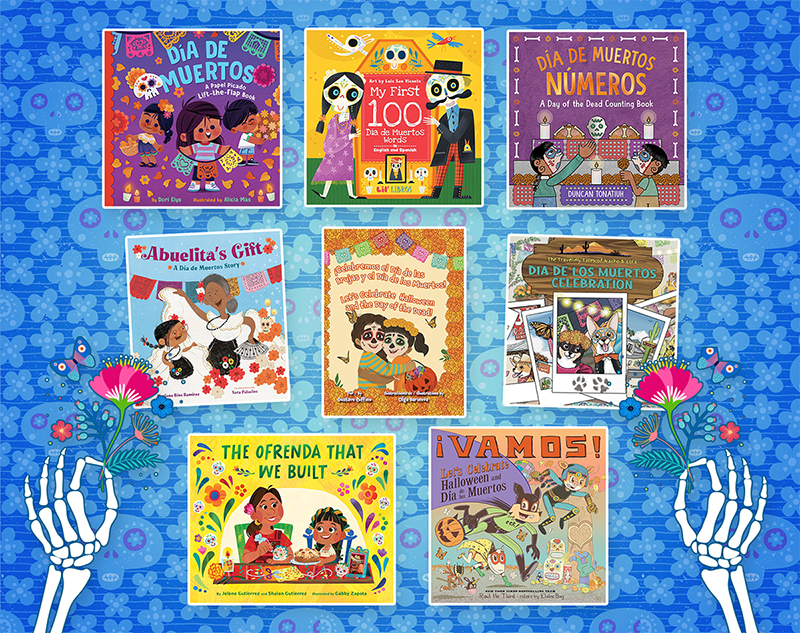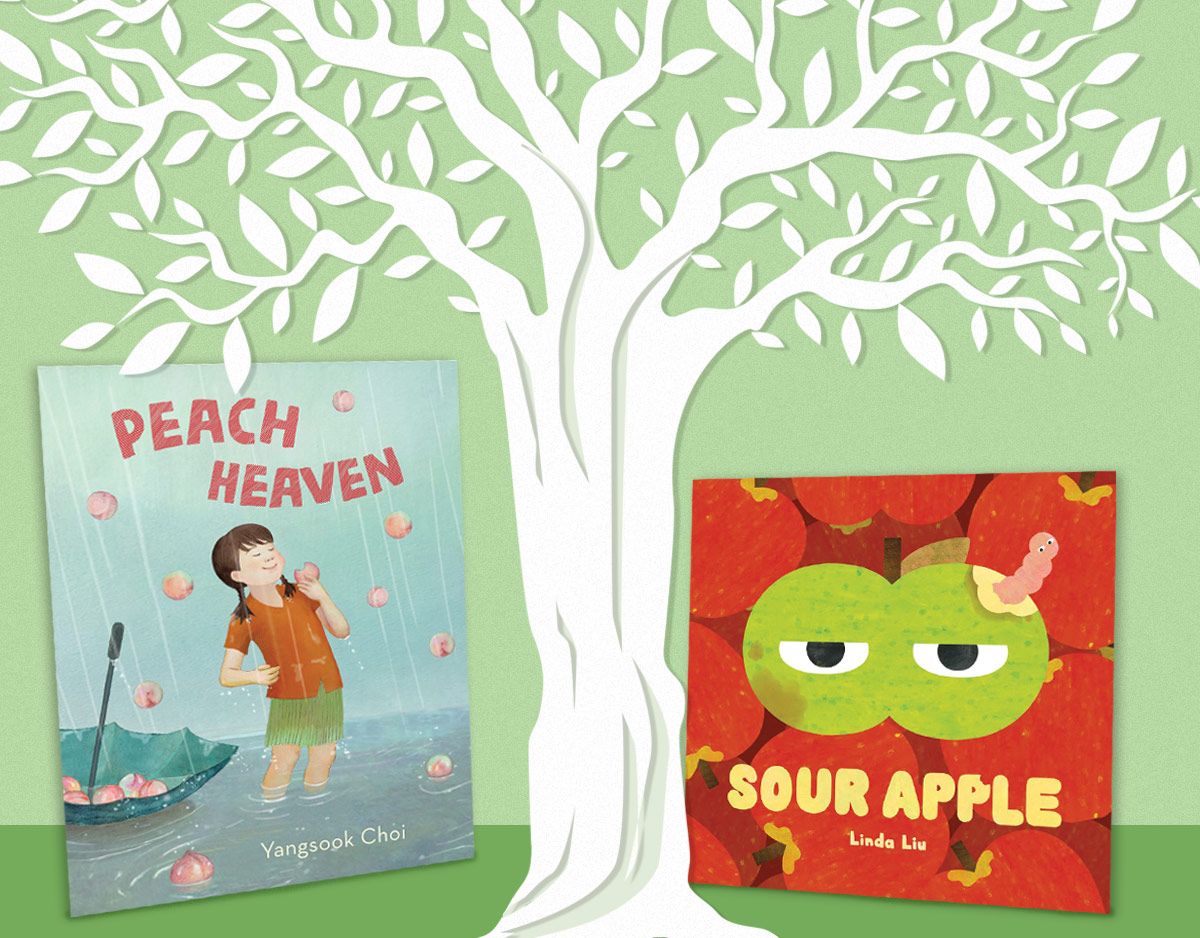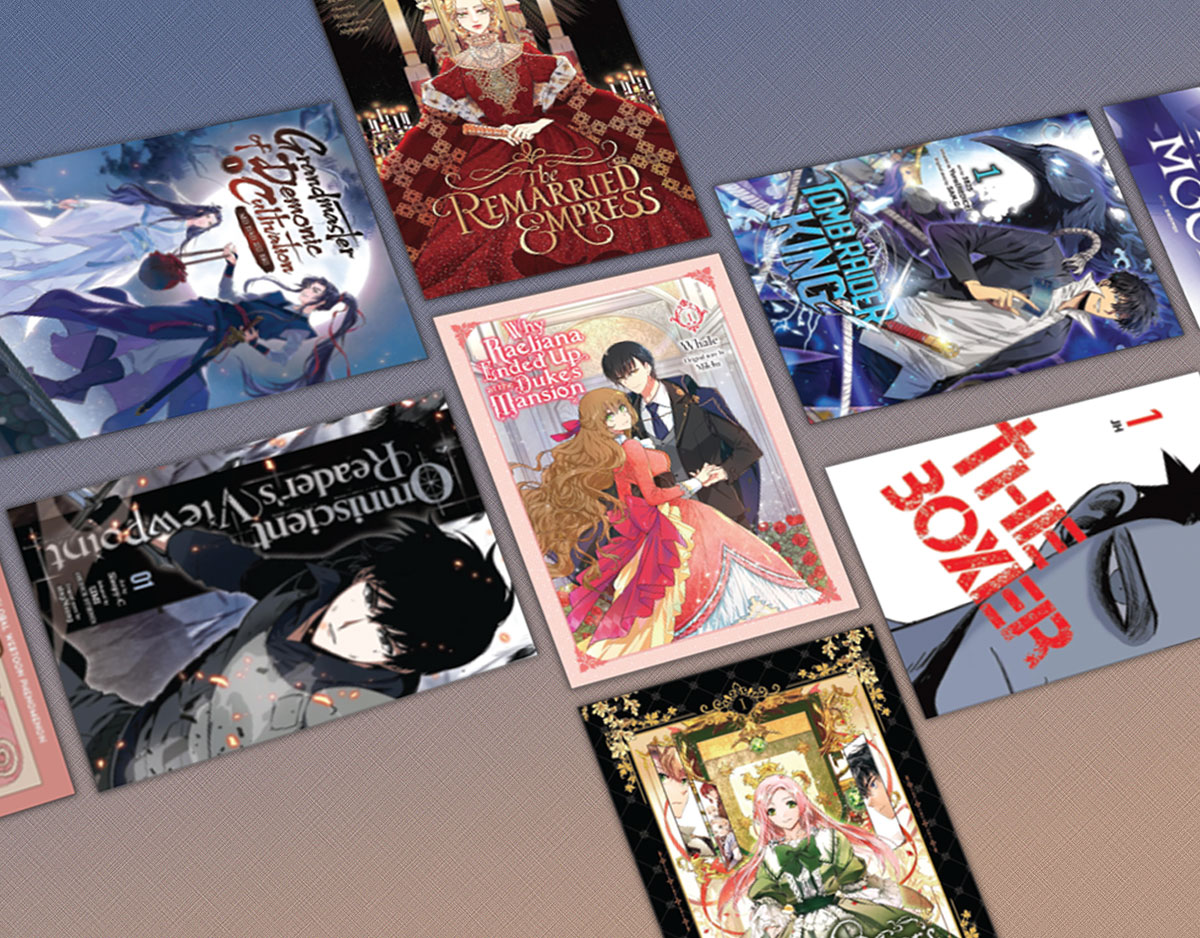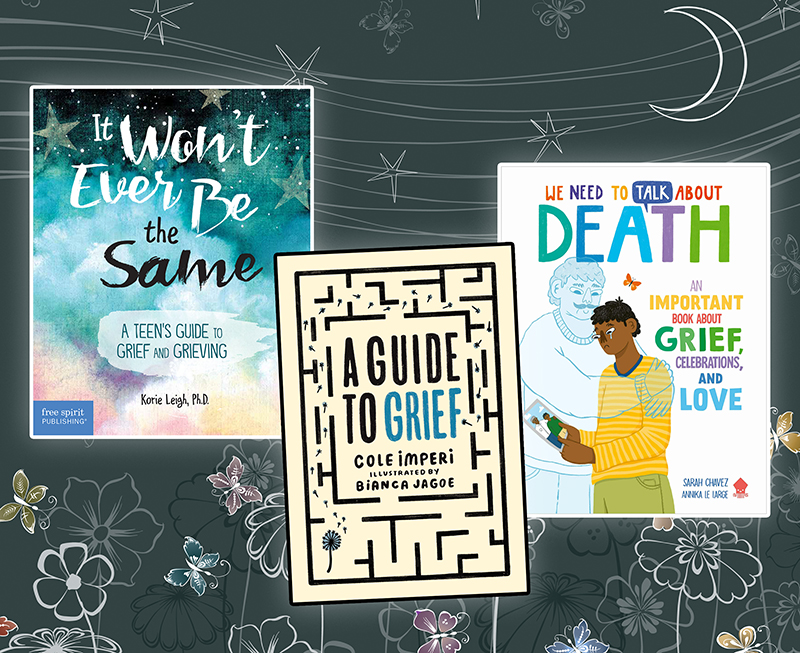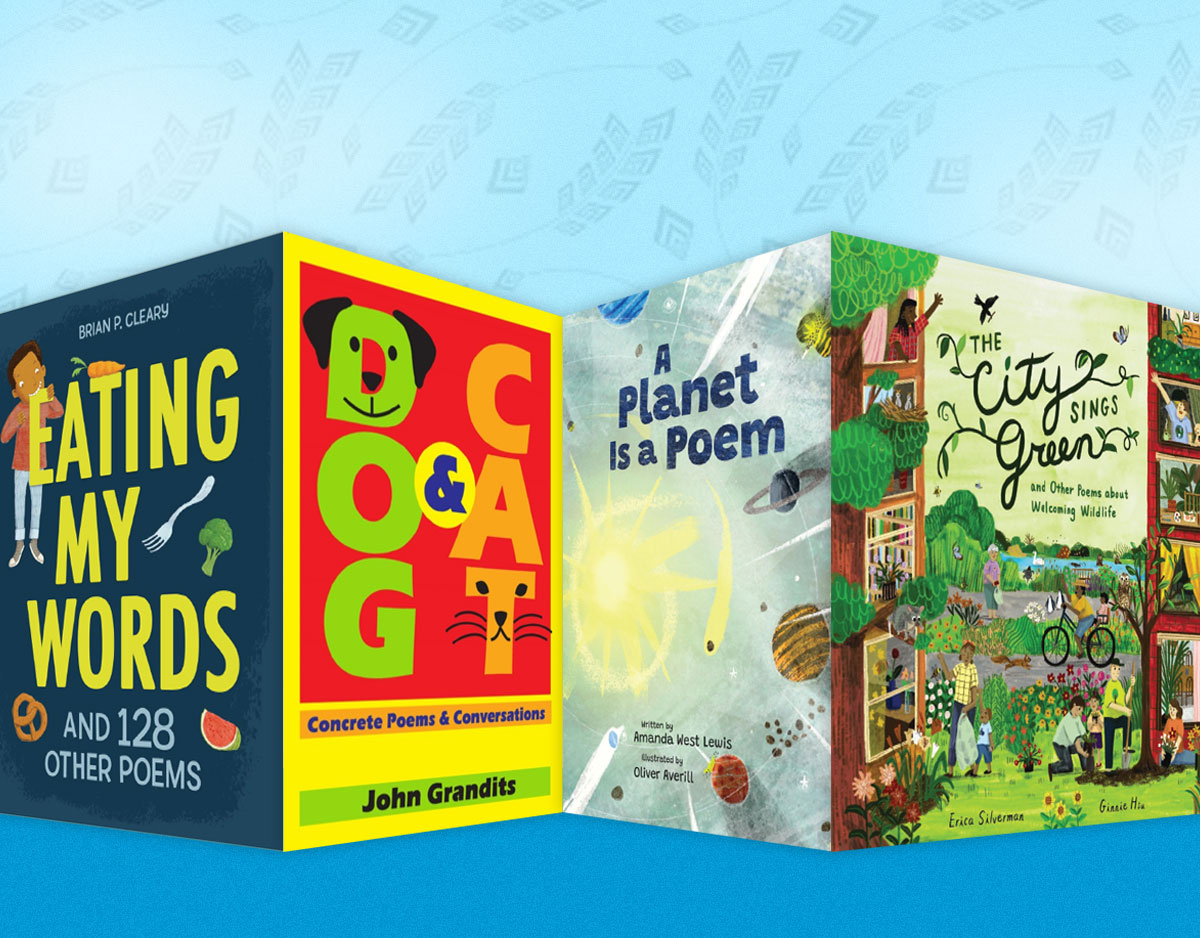Rachel Carson and Her Book That Changed the World
Book Review
Teaching Invitations.
- Going Green. Start off the school year with new resolutions to “Go Green” in your classroom. Read Rachel Carson and her Book That Changed the World alongside other titles with an environmental focus such as Gabby and Grandma Go Green by Monica Wellington and 10 Things I Can Do to Help My World. Brainstorm actions with your students that you can take within your everyday classroom practices to help protect our environment, such as reusing, recycling, and conserving. Write your resolutions on chart paper to post in the room or write and illustrate a class big book that will record your intentions.
- Observing the Natural World. Rachel Carson was an avid nature enthusiast, filled with curiosity about the flora and fauna of the world around her. Take your students out to observe nature in your community, asking students to draw and write about what they see, hear, smell, and touch. You could extend this activity by reading nature poems (see our Classroom Bookshelf entry on Outside Your Window: A First Book of Nature) and inviting your students to use their first hand observations as material for written expression of their appreciation of the natural world.
- Rachel Carson’s Legacy. Watch the CBS news segment, The Legacy of Silent Spring, linked below. Following the viewing, ask students to recall the impact of Carson’s work, recording their responses on chart paper. As an extension, divide students up into small groups to further investigate: a timeline of federal legislation related to protection of the environment, the establishment of the Environmental Protection Agency, organic farming, and/or the history and traditions of Earth Day.
- Taking a Stand. Extend a reading of Rachel Carson and Her Book That Changed the World with a reading of Molly Bang’s Nobody Particular: One Woman’s Fight to Save the Bays, the story of shrimper Diane Wilson’s efforts to take on big industry’s pollution of the waters in which she earned her livelihood. Compare the issues and the advocacy efforts of these two women. Ask your students to consider what motivates someone to stand up for their belief and the vehicles for expression that are available when one decides to take a stand. Invite your students to identify an issue of personal concern to them and to make a plan to research and speak out about the issue in some forum.
- Careers in Conservation. Gather together a collection of picture book biographies of conservationists, such as Jane Goodall (see the Classroom Bookshelf Entry on Me… Janeand The Watcher: Jane Goodall’s Life withthe Chimps), Sylvia Earle (see the Classroom Bookshelf Entry on Life in the Ocean: The Story ofOceanographer Sylvia Earle), Read across the texts to identify: how the subjects developed an interest in conservation; their fields of study and work; and key influences and accomplishments. Extend this focus by researching various career paths connected with conservation. Invite a local conservationist to speak about his/her work with your students in person or via Skype.
- Current Environmental Issues. 2012 marks the 50thanniversary of the publication of Silent Spring. Ask your students to consider which environmental issues have improved in this fifty-year time span and which issues remain concerns. You might choose to have your students investigate some current issues addressed in Houghton Mifflin’s excellent Scientists in the Field series; titles ripe for exploration include Tracking Trash: Flotsam, Jetsam and the Science of Ocean Movement and The Hive Detectives: Chronicle of a Honey Bee Catastrophe both by Loree Griffin Burns. Students can work in small groups to create a Voice Thread or Power Point Presentation defining the issue, identifying concerns, and expressing the perspectives of the stakeholders.
- To Spray or Not to Spray? Across the United States this summer, communities experienced an upsurge in positive testing of mosquitos for mosquito-borne illnesses such as West Nile Virus and Eastern Equine Encephalitis. Communities have had to make choices about whether and how often to spray pesticides to reduce mosquito populations. Invite your students to explore the pros and cons of mosquito spraying and to take a stance on the issue themselves, expressing their opinion in a letter to the editor or to a local official.
- The Power of the Written Word. In the Epilogue on page 31, Lawlor states, “It’s important to keep in mind how truth elegantly expressed continues to have the power to change the world.” Select excerpts from Silent Spring to share with your students. Ask students to closely examine Carson’s use of language within the passages. How do her word choices, use of figurative language, and sensory images help to advocate for her position? What lessons about writing for advocacy can students learn from Carson’s writing style?
Further Explorations
- This nonfiction multigenre picture book traces shrimper Diane Wilson’s fight to end pollution in the Texas bay in which she fishes.
- This photo-essay describes the work of Dr. Curtis Ebbesmeyer who tracks the motion of debris in the ocean to better understand ocean currents and to protect ocean habitats.
- Scientists probe the mystery of dramatic decline of honeybee colonies across the United States.
- This picture book biography features short chapters highlighting different time periods in Carson’s life.
- A comprehensive biography for middle grade readers, featuring the accomplishments of Rachel Carson.
- Locker’s color-saturated oil paintings and Bruchac’s poetic text highlight Carson’s childhood, accomplishments, and love for nature in this picture book biography.
- Published at the 100th anniversary of her birth, this comprehensive biography for young adult readers features the life story of environmentalist Rachel Carson.
- This biography of Rachel Carson is suited for intermediate grade readers and reviews her lifespan and lasting accomplishments.
Filed under: Biography & Memoirs, Nonfiction Picture Books, Picture Books
About Erika Thulin Dawes
Erika is a professor of language and literacy at Lesley University. A former classroom teacher, reading specialist, and literacy supervisor, she now teaches courses in children’s literature, early literacy, and literacy methods. Erika is the co-author of Learning to Write with Purpose, Teaching with Text Sets, and Teaching to Complexity.
ADVERTISEMENT
ADVERTISEMENT
SLJ Blog Network
Winter Light: An Aaron Becker Interview and Video Trailer Reveal!
Tegan and Sara: Crush | Review
The Seven Bills That Will Safeguard the Future of School Librarianship
Take Five: Dogs in Middle Grade Novels
Gayle Forman Visits The Yarn!
ADVERTISEMENT



